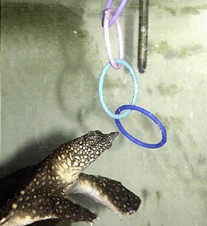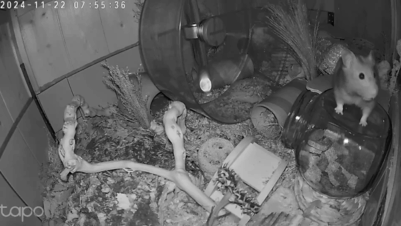COWS were not the only subject at the Lameness in ruminants conference and symposium held earlier this year in Rotorua, New Zealand.
Professor Laura Green from the University of Warwick presented one of the plenary lectures. She gave an excellent overview of the current situation of footrot in sheep based on the last 12 years of research carried out at both Bristol and Warwick universities.
Her research has focused on preventing lameness in sheep. Footrot – presenting as interdigital dermatitis (ID) or under running – is the commonest cause of lameness in sheep in the UK, present in 97% of flocks and causing approximately 80% of lameness. Sheep left lame with footrot lose weight and are less productive.
Lameness is a good indicator of foot disease in sheep, being specific but not very sensitive. Some sound sheep have footrot; however, when sheep are lame they have foot lesions, and lameness is more severe as the lesions are more severe. In addition, sheep with ID that progresses to under running are more lame one week before the under running develops.
Reasonably accurate
Farmers can recognise even mildly lame sheep and are reasonably accurate at estimating the prevalence of lameness. Those who treat individual lame sheep promptly and appropriately have a median prevalence of lameness of less than 5%, compared with 15% in farmers who are not treating individual sheep.
Dichelobacter nodosus is the causal agent of footrot. It is present on the feet of all sheep all the time. Recent work indicates that rather than footrot occurring after Fusobacterium necrophorum has caused ID, it is an increase in numbers of D. nodosus itself that causes ID and footrot.
F. necrophorum did not increase until footrot was present. It is the interaction between the foot, environment and D. nodosus that is pivotal for susceptibility to footrot and persistence of D.nodosus. What triggers disease: a change in the foot integrity or a change in the habitat or gene expression of the bacterium or all of these?
Most effective
The most effective treatment for footrot is a long-acting antibiotic (oxytet at 10mg/kg). This treatment also contributes to resolution of poor foot conformation and reduces the likelihood of a repeated case of footrot in sheep with chronic lesions. Trimming away the hoof horn to expose underlying lesions of footrot reduced recovery.
Prof. Green highlighted that the traditional recommendations for management of lameness (foot bathing, routine foot trimming and only injecting sheep with severe footrot lesions) were either not effective or not done sufficiently to minimise lameness. Quarantine and isolation of lame sheep were effective recommendations.
On the topic of a suitable vaccine, she noted that sheep do not develop good immunity to footrot. A vaccine has to work at the local level. An understanding of how D. nodosus causes disease is vital to produce a targeted vaccine that prevents this process.
Prof. Green believes that by comparing the protein expression of strains of D. nodosus that do not cause disease with those that do, it should be possible to identify the mechanism of disease.
In her lab she has studied a gene in D. nodosus that appears to be associated with virulence. This gene is highly variable and flocks/regions with pathogenic strains of D. nodosus appear to have a different genetic code for this protein from non-pathogenic strains.
A flavour…
In these short articles I have done my best to give you a flavour of the conference but with four plenaries, six workshops, two symposia, 12 oral presentations and 74 posters it was a daunting challenge. I have omitted much.
For those of you with an interest in ruminant lameness, I would urge you to visit the IVIS website. The conference was also packed with findings from New Zealand’s grazing systems as well as many others, including sole ulcers in camels!
At the gala dinner on the last night, Richard Laven, who chaired the organising committee, signed off a very successful conference and handed the torch over to Becky Whay representing Bristol University who will host the next conference in 2013.






